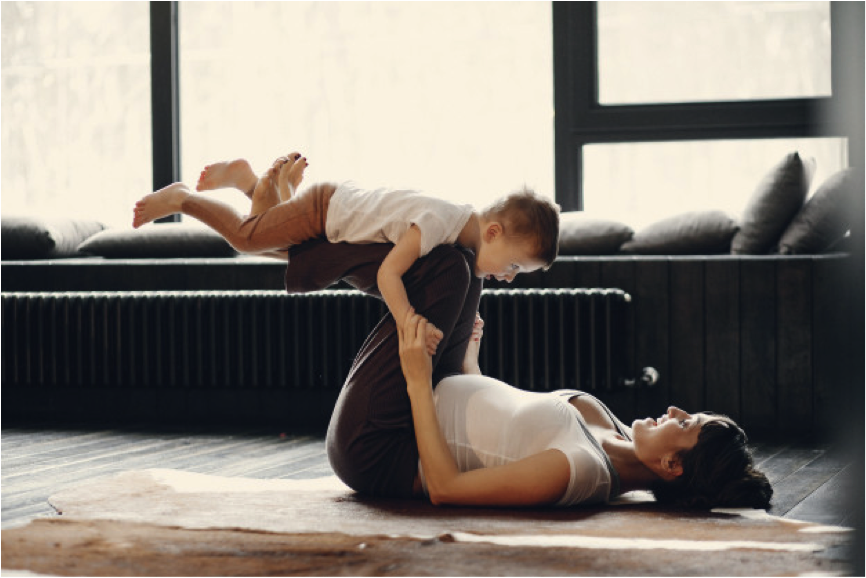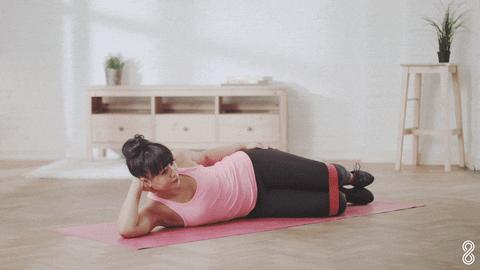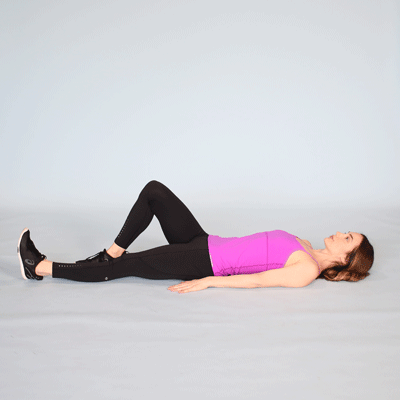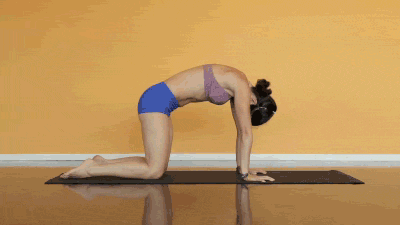Postnatal Exercise: Things you may or may not know
If you’ve just popped a tiny human being out of you not too long ago, you’d have probably realized by now that how you pictured yourself as a mom and the real-time reality of the situation is completely different. All the “I’m gonna do this!”/”I’m gonna be like that!” claims will probably be thrown out of the window. Especially when it comes to exercising.
It is very normal to experience a drop in strength and stamina – you’d be considered mutant-like if you didn’t! 9 months of another human growing inside of you will definitely take a toll on your body. Of course, if you were already pretty fit to begin with, it’s a little easier to get back on your feet. Doing so would take time though. Be patient with yourself, and the new life you have created and been blessed with. Having a little one around now would likely have your fitness take a backseat for awhile. Here’s some things to note when you finally get the time and energy:
You’re no longer alone in your world
Now you’ve another little being to take care of, and that’s great! But no longer can you plug in your headphones, grab your gym bag and head out the door without a second thought. Where is your baby going to be while you work out? Sure you could work out with your baby, like in those cute YouTube videos of fitness moms we’ve all watched and adored. But your baby would have to be a little older than a newborn, for safety purposes. Also, your workout would likely require more intermissions than necessary. Another option would be to have someone else take care of your baby for awhile; like your spouse, a family member, or even have a childcare or babysitter do so. Some parents might not be comfortable with the latter however, especially in the earlier stages. Having a close-knitted, trusted family is really helpful in situations like this. Otherwise, you’ll have to wait for the right moment when you know your baby is fast asleep.
Brand new… aches and pains
You are bound to feel some aches and pains in areas like your hips, lower back and knees, especially having added pressure and weight on your pelvic area for months. Additionally, relaxin is released by your ovaries and placenta during delivery. This hormone – as its name suggests – relaxes the ligaments and joints in your pelvis and softens/widens the cervix. This prepares your body for childbirth. However, the effect may last up to 12 months after. The loosened joints can take a toll on your body by causing discomfort, aches, pains and potentially even injury due to instability.
In the adrenaline of taking care of mini you and making him or her as comfortable and at ease as possible, you may find yourself caught in one position for a long time. You only realize the after effects once YOU are at ease or when you wake up the next morning. Over time, the discomfort lessens. However, you could definitely help yourself by stretching often and engaging in light strength training – not to make gains but to regain your strength and tone up the muscle loss!
Diastasis recti
I’m sure you would have heard this term many times now. One of the major changes you will go through between prepartum and postpartum exercise has to do with your abdominal muscles. Most women experience separation of the left and right ab muscles, due to the expansion of their uterus to make room for the baby growing within. Poor posture, lower back pains, constipation and bloating are some issues you may face as a result. Your core might feel lose, and very different as compared to its state pre-pregnancy. I mentioned in my previous article, the importance of building a strong pelvic core. Having a much weaker one post-pregnancy might cause some challenges getting back into exercising, given that a strong core is key to basic fitness. Avoid movements like planks, crunches, Russian twists, even jumping out of bed (opt to toll on to your side first) and anything else that would cause your core to be pushed in rather than out and worsen the separation. Focus on your deep trunk muscles, regaining your strength and stability and realigning your body!
Here are some exercises you can partake in safely, to ease your way back into your fitness regime:
Bridge
What it works: Strengthens your hips, glutes and abs; your core support system
How to do it: Lie flat on the ground, face up with knees bent and feet on the ground, hip-width apart. Push hips up from your heels, bracing your abs in to avoid over-arching your lower back. Squeezing your glutes at the top, hold the position for 2-3 seconds before lowering. Repeat.
Banded arm pulls
What it works: Shoulders, abdominals
How to do it: Standing straight, brace your abs and draw your lower ab in towards your spine as you pull the resistance band apart.
Clamshell
What it works: Strengthens outer hips and thighs, obliques
How to do it: Lie on your side with your feet stacked and knees bent at a 45-degree angle from your hips. Raise upper knee as high as possible without moving your lower leg. Hold position for 2-3 seconds before returning to starting position. Repeat.
Single leg lifts
What it works: Abdominals/deep trunk core muscles
How to do it: Lying flat on the ground, place one leg straight and the other with knee bent. Raise the straightened leg up and lower slowly, in a controlled manner. Ensure lower back remains flat on the ground to ensure abdominal engagement as you lower your leg, by drawing your core into your spine. Repeat.
Cat pose
What it works: Stretches out your neck, spine and torso while engaging abs. Opens up chest for easier breathing. Strengthens muscles and improves flexibility in hands and wrist.
How to do it: Go on your all fours; knees and hands. Inhale as you look up and arch your back as you push your chest out. Hold for 2-3 seconds. Exhale slowly as you round your back upwards and relax your neck by releasing your head downwards, but not forcefully. Repeat both movements.
There are several ways to up the intensity of these exercises once your body gets inclined to them and you no longer feel much of a ‘kick’. Some of such ways would be using exercise balls, resistance bands, and even adding weights. Do ensure you listen to your body and increase the difficulty of your workouts in an efficient yet safe manner. To err on the side of caution and ease your mental load, engage a personal trainer to help you through getting stronger, fitter, and progressively conditioning your body.
Breastfeeding burns calories
That’s great news! So is breastfeeding considered strength or cardio? Well, neither. But it does burn a significantly amount of calories. That’s why you may tend to feel a little tired after doing so. And if your daily caloric output (including those burned during breastfeeding) is more than your input (whatever you consume), you may notice the number on the scale dropping. You may, however, not look any different in the mirror. So although it ‘works you out’, it’s not really considered a form of exercise. You’d still have to get up, get out and sweat it out. In fact, many women undergo some degree of muscle loss. I would recommend light strength and resistance training to build yourself back up progressively, while eating a little more nutritious food and drinking more water. Dehydration and overexertion may diminish milk supply.
EveryBODY is different
Everybody’s body responds differently to pregnancy. And everybody’s body heals differently too! It is important to take this time to learn more about yourself; physically and mentally, what works for you and what may not. If one thing’s for sure, it is that your pre-pregnancy fitness would be the biggest determinant of how your post-pregnancy situation is going to be. If you had a good fitness level beforehand, chances are that your transition back up to speed will be a lot more smooth-sailing. That said, most women would be able to resume their regular activities within 6 weeks, albeit with more caution and mindfulness, and upon your doctor’s green light. Some may take a little longer due to physical or even emotional complications and challenges; a some even a little quicker. Have all your questions ready for your doctor at your sixth week check up!
You are worth it
I’ve had so many women come up to me and share how much it means to them to be able to get out of the house and exercise; To be able to spend time on themselves. ‘Me’ time is not just a ‘thing’. It’s a gift to ourselves that we all deserve to receive. Exercise not because you have to, but because your body deserves to be treated right, because YOU are worth it.
Be patient with yourself, your family and your new baby. Give yourself time to adjust to the new changes around you. Cherish every moment you have with yourself, as much as you do with your loved ones. Allow yourself to have that me-time and take time out for a workout once you have recovered.
If you are reading this and you know someone who has given birth recently, even though it may not apply directly to you, encourage her to spend time on herself and her body. Share this little message with her. Because it will be good for both her and her family. Because SHE is worth it.







